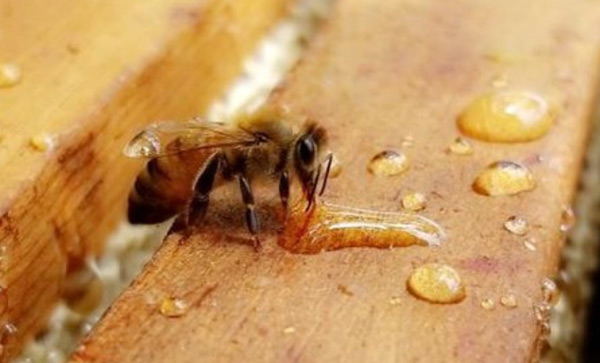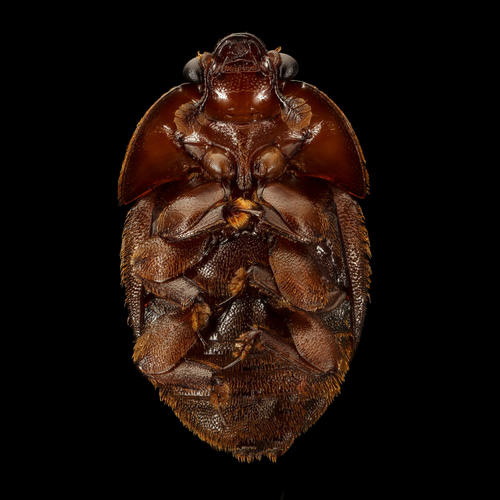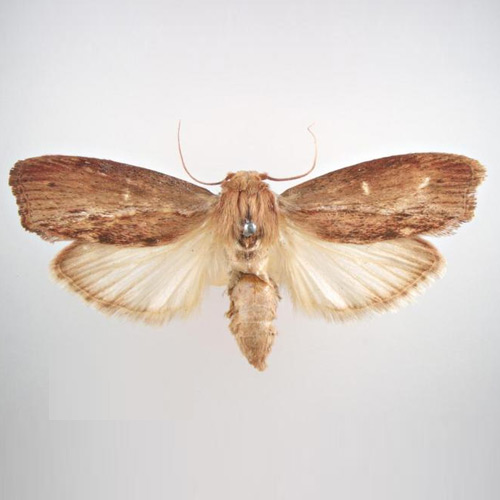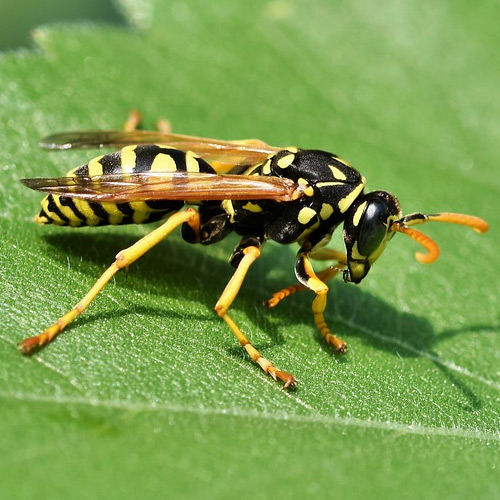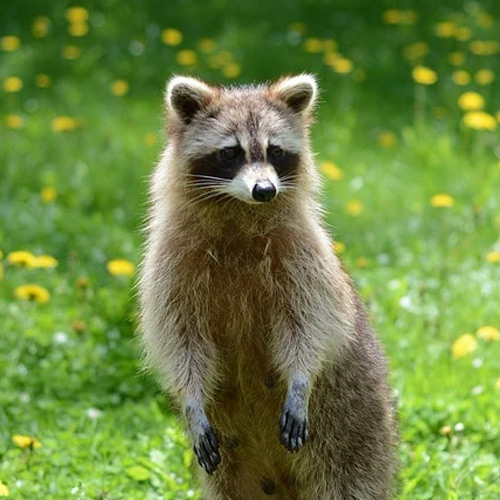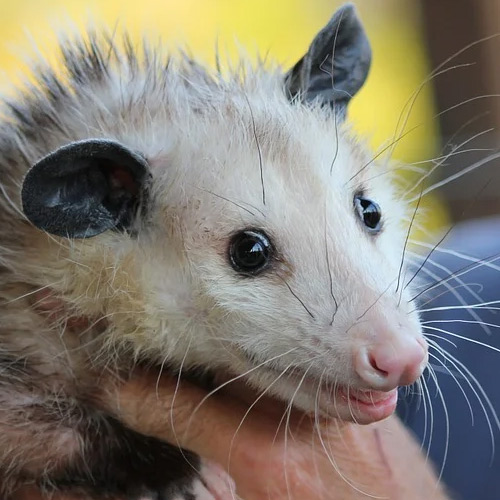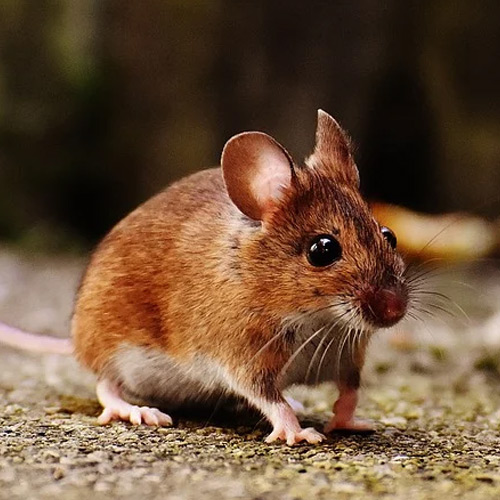How to Protect Your Hive From Common Bee Predators and Parasites
As you plan your apiary, it’s essential to understand that honey bees have many predators and natural enemies. From bears to varroa mites, honey bees face some powerful opponents in their quest to survive and thrive. The key to protecting your honey bees from predators, parasites, and pests is creating a plan to keep them away from your hives — and to take further action if and when it becomes necessary. Below are some of the many enemies of the honey bee, and tips to protect your hives from harm.
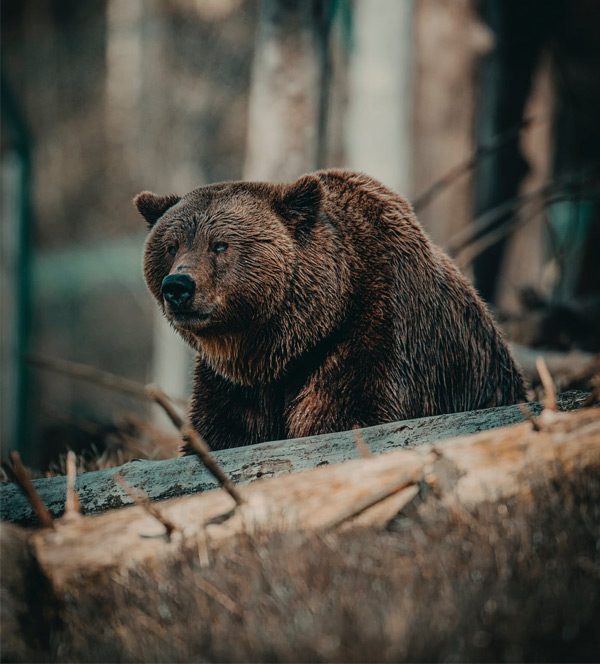
Bears are natural predators of honey bees
There’s a reason bears are often depicted with their paws in the honey jar! These predators seek out hives for sweet honey as well as protein-filled bee larvae. Bears are dangerous honey bee predators that can cause substantial damage to a colony — a bear can destroy an entire hive in a short amount of time. They will topple hives, tear apart brood boxes, and bite and lick combs to pieces so they can get to the honey and larvae inside. Not only will you lose honey, adult bees, brood, and combs, but you’ll also lose the money and time you’ve invested into planning and setting up your apiary.
How to keep bears away from bee hives
Once a bear knows where to find a hive, it will keep coming back for more. If possible you should exclude bears from your apiary before they taste the contents of your hives, but bears can still be deterred after they’ve launched a successful attack. The best way to keep bears out is to install an electric bee yard fence. An electric fence around your apiary will keep bears from destroying your bees, hives, and equipment. Keep your electric bee yard fence on and charged at all times — a bear will walk right through a fence that is not charged. Most electric fences for bee hives use batteries, plug-in energizers, or solar power for charging, and will hold a charge with minimal attention from the beekeeper.
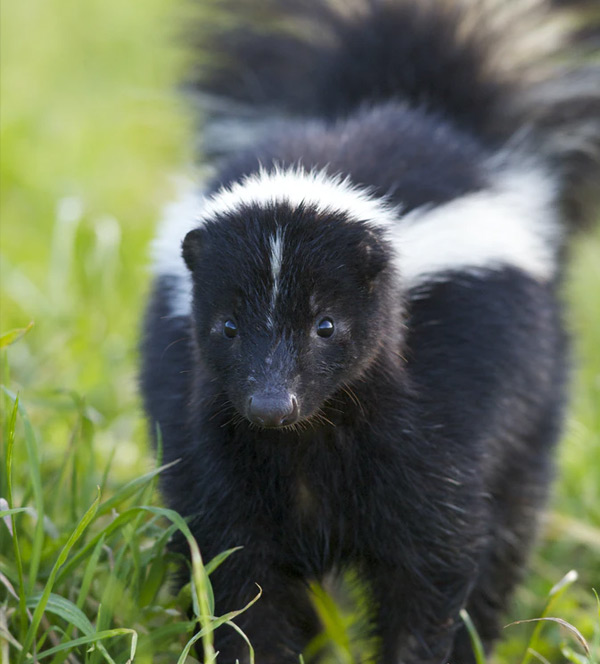
Skunks prey on adult honey bees
Unlike bears who hunt for honey and larvae, skunks prey on hives for the adult bees. When a skunk discovers a hive, it will return every night to dine on as many adult bees as it can get its paws on. Skunks scratch on a hive continuously until adult bees come out. They capture the bees and chew on the bodies to extract their juices. If you find honey bee remains scattered outside your hives, it’s a good indicator that the predator is a skunk.
How to protect your honey bees from skunks
Install a fence around your bee hive to keep skunks from destroying your apiary. Skunks won’t climb a fence, so poultry netting should do the trick. You can also raise your hives with an elevated hive stand. If a skunk has to stand on its hind legs to reach an elevated hive its underbelly becomes exposed to stings, and skunks are not skilled enough climbers to get to bees on very high hive stands. If you already have an electric bear fence for your bee hives, it should keep skunks out too, as long as the lowest wire blocks the path of a skunk-height intruder.
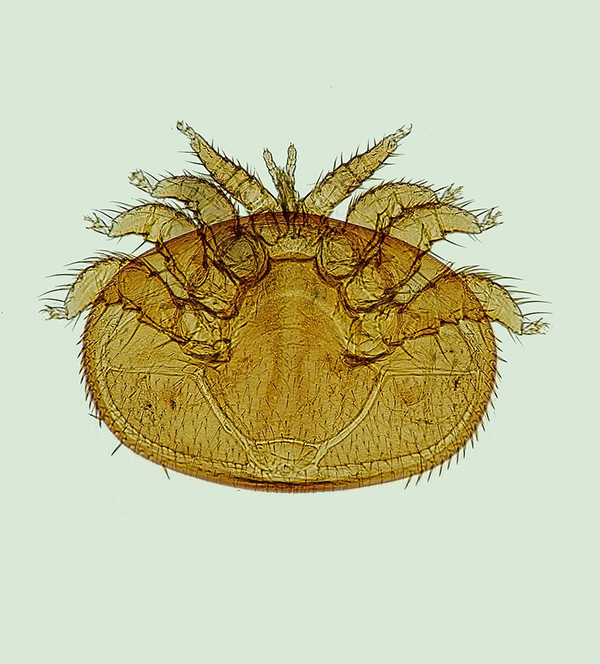
Varroa mites and other parasites are dangerous honey bee enemies
Varroa mites are destructive parasites that seriously threaten bee colonies. Varroa mites can feed and live on adult honey bees and feed and reproduce on brood, weakening bees and also transmitting harmful viruses between them. Mite feeding can cause bee abnormalities and a shorter lifespan, leading to weak hives and colony death in the autumn or over winter. Varroa mites are one of the most vicious enemies of the honey bee due to the catastrophic damage they cause.
Less destructive but still a threat, tracheal mites live and breed inside the bronchial (breathing) tubes of adult bees. These enemies of the honey bee can harm the colony by weakening adults, rendering them disoriented and sometimes unable to fly. Tracheal mites are invisible to the naked eye. Signs of infestation include bees that crawl, stay in the hive, and hold their wings at odd angles.
Protection against varroa mites and other parasites
It’s imperative to monitor hives to discover and manage mites and other parasites. To protect your honey bees from these life-threatening enemies, create a plan to use pest tests and treatments so your colony can thrive. A successful beekeeper usually plans to apply varroa treatments more than once per year to control these perennial pests.
Some insects are natural enemies of the honey bee
Enemies of the honey bee are everywhere, even including some of their insect relatives. Praying mantises, dragonflies, and ambush bugs eat adult honey bees. Spiders either catch bees in their webs and wrap them up for later, or they strike and kill bees as they forage. Cockroaches, ants, and earwigs are honey bee pests that will take up residence in a hive and steal food from the bees. Beyond these usually minor insect threats, there are also some specialist hive pests that are common, and sometimes damaging occupants of honey bee hives.
Hive beetles
Hive beetles can damage colonies that are already stressed or weakened. When hive beetle eggs develop and hatch, feeding larvae cause fermentation and spoilage of honey. An extreme overabundance of hive beetles can even force bees to abandon the hive. Prevent hive beetle infestation by tidying up and removing scraps of wax comb and empty hive equipment to keep your apiary clean. In case of infestation, you can use small mechanical traps to capture and kill adult hive beetles. For recommendations on more extensive chemical treatments, contact your local Cooperative Extension office.
Wax moths
Wax moths are honey bee pests that can do a lot of damage to a hive in a short amount of time. Adult wax moths search for beeswax, especially in weak colonies and stored empty hive bodies. As the moth larvae tunnel through the comb, they create trails of silken threads that protect them from bees, and can completely cover the combs of the hive. To avoid wax moth infestation, keep empty supers in a dry location away from the hive, and make sure each hive’s bee population is large and healthy enough to fight off the occasional invading moth.
Other bees and wasps
Robber bees pose a danger to weak colonies: These honey bees either sneak past or assault and overwhelm a hive’s guard bees, then steal honey until the target colony is depleted. To deter robber bees, keep your colony healthy and strong by monitoring hives regularly and treating for mites and disease when needed. Clean up any honey spills as they occur and remove any beeswax scraps or old combs that could attract robbers. Only place bee feeders inside the hive, where robbers are less likely to smell the feed. If you have any small or weak colonies, consider installing an entrance reducer to limit the amount of space their guard bees must patrol and defend.
Cousins of honey bees that attack honey bee colonies include:
- Yellowjackets, wasps, and hornets – These natural enemies steal small honey bees, larvae, and nectar stores to feed their own young.
- Bumble bees – Many species of bumble bee will enter honey bee colonies to pilfer nectar for use in their own nests, though they rarely take very much food from a healthy hive.
- Nomad bees – Female nomad or “cuckoo” bees infiltrate colonies and lay their eggs in an established hive. They trick honey bees into raising their brood, stealing the resources collected by the workers as well as their nursing efforts.
- Asian giant hornets – Dubbed “murder hornets” by the media, these are a recent invasive threat to honey bees. Contact your local agricultural officials for help if you spot an Asian giant hornet near your colony.
You can help your bees deal with all of the above (except perhaps the Asian giant hornet) by ensuring each colony has a large population of workers, an appropriately sized hive entrance for them to guard, and no other ongoing health problems that will keep them from defending their hive.
How to protect against lesser threats to honey bees
Though less problematic than other predators, raccoons, opossums, and mice are also natural enemies of the honey bee. These pests don't seek out bees to prey on, but if they happen across a colony they will eat adult bees, honey, or brood, and can do a lot of damage to the hives.
Raccoons
Much like the skunk, raccoons like to suck on adult bees — but a raccoon will also eat honey and damage bee hives if they can. Fencing rarely keeps these destructive bee pests away from the hive. To capture adult bees, a raccoon will climb over a fence, up a hive, and remove the top.
To protect your honey bees from raccoons, place a heavy rock on the top of hives or secure them together with a strap. If raccoons continue to overwhelm your bee hives, contact your local game warden or wildlife agent.
Opossums
Opossums are exceptional scavengers, and if they find an opportunity to turn your honey bees into a meal, they will. In their attempts to get food, opossums can cause considerable damage to your hives.
Opossums are protected by state wildlife laws, so consult with the proper authorities before trapping, or install a fence around your bee hives to keep them out. Be sure the fence goes down at least 8 inches in the ground to keep them from digging underneath.
Mice
While mice do not seek out hives for food, they may chew through bee hive components and comb to get inside and make a cozy nest. Install a metal mouse guard with an entrance reducer during the cooler months to protect your honey bees from mice. These devices will allow bees to come and go while keeping rodents out.
Keeping predators and pests away from your apiary can be hard work, but it’s always easiest if you can prevent pest problems from happening in the first place. Taking the steps to learn about these common honey bee predators, pests, and other enemies will let you treat or prevent them to keep your hives safe from infiltration and infestation. Attend a class or beekeeping event to grow your beekeeping knowledge.

